Prof Dr Lucy Lum, a consultant paediatrician, is very passionate about leading a sustainable lifestyle and has raised her children to be environmentally aware.

Her enthusiasm and perseverance has led to her active involvement with a community-level recycling initiative by a local non- governmental organisation.
Positive Parenting recently interviewed her to find out how she raised ‘green kids’.
The majority of people are not environmentally conscious. Instead of waiting for politicians to do something about it, we should start the ball rolling on our own. Much of it has to do with our personal habits.
It is always best to start educating your children from young. Prof Dr Lucy Lum points out that the pre-school years is the best time, and you can start by bringing your children to the recycling centre.
“Of course, the most important way to encourage them is to do it yourself! Make it a point to practise recycling and be a role model. Don’t just tell your kids what to do, show them!”
Prof Lucy’s children still recall how she used to wash plastic bags and hang them up to dry, ready to be reused another day. She also revealed that she had to deal with strangers who accused her of child abuse. Despite this, she wished she could have introduced community-level recycling to her children much earlier, as she only started her participation five years ago.
If at first you don’t succeed…
Do not worry if your children do not appear interested at first. With a little perseverance, parents can always find an approach that works. An effective method is to give children action-oriented activities, as most children find separating recyclable materials boring. Let them crush plastic bottles or aluminium cans instead.
Parents can also turn it into a fun activity for their kids by putting on some music to let them dance while stomping away. It is a great way to combine some physical activity into your recycling efforts. This turns it into a fun activity and is a great stress-reliever, making them look forward to the next recycling session.
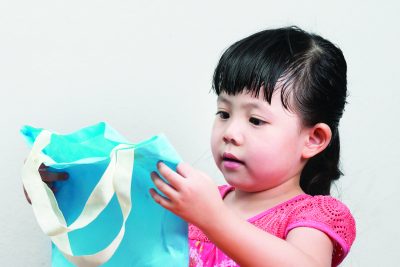
Plastic does not degrade
Plastic waste is one of the biggest sources of pollution. While plastic can crumble or become powder, it has not degraded. It is now known as micro-plastics, i.e. it remains chemically unchanged and is still plastic, but has become physically smaller. The danger now is when it makes its way into the food chain. If a fish consumes it, the micro-plastics would accumulate in its body – what happens when we eat that fish?
Think again before reaching for plastic bags, especially the free ones for wet groceries. However it is common to see people double or triple bagging their wet groceries. The solution is to minimise, or better yet eliminate, our use of plastic.
Unfortunately, the ‘tidak apa’ attitude is not just a Malaysian thing but a global one – we are responsible for what happens to the environment.
What you can do
“We bought cloth bags from WWF (World Wide Fund for Nature) in 1995 as a replacement for plastic bags, which we still use today. When my son was younger, he would exclaim ‘Auntie! How come you’re still using plastic bags?!’ whenever he saw my friends using plastic bags,” jokes Prof Lucy.
For her shopping trips, she usually brings several boxes, plastic containers (recycled ice cream containers), and cloth bags, which she recommends as they are more durable and last for years – the newer bags made from plastic fibres tear easily. This way, one can completely eliminate the need to use any type of plastic bag, including the single-use type that comes in rolls.
Convenient time-savers
Prof Lucy added that the beauty of reusing plastic ice cream containers is that you can immediately put your dry/ wet food items away. Dry food items (e.g. garlic or ginger) can be left in the containers for storage while wet food items (e.g. fish or meat) can be popped into the freezer. This saves a lot of time. Better still, plan ahead and pack wet food items into separate containers for easier thawing.
“Yes, you need to put in a bit of effort in terms of preparation, but once you get used to it, it becomes easier to do ‘green’ grocery shopping. Once you get the hang of it, just rinse and repeat!” she enthuses.
Make it your routine
“My family has had years of practice doing this when we do our marketing every Saturday,” she says. “Since we’ve been shopping at the same place for years, the people at the market already know what we want. We usually just pass them our containers to fill up while we walk around the market to shop for other groceries.”
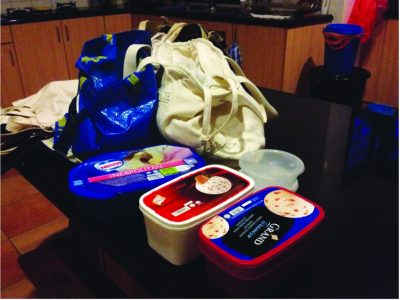
Some people that Prof Lucy meets in the marketplace would come up to her to say that it’s a good idea to use recycled boxes or containers. Despite their interest, many of them don’t practise it themselves. Prof Lucy estimates that only around 1 out of 200 of those who approached her would eventually do it.
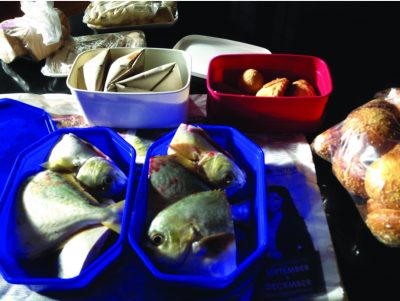
Persistence goes a long way
Prof Lucy explained that her success in balancing her career with going green and raising green kids did not depend on any ‘secret technique’. She added that perseverance is critical, and to hang in there until the family gets used to doing things the ‘green’ way.
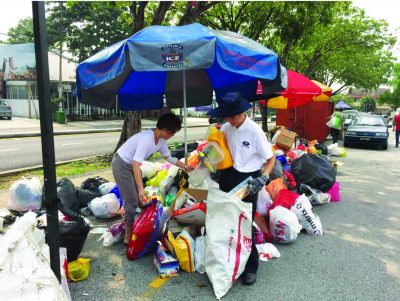
It does require some organising skills, but once everyone gets used to the flow of things, everything will run smoothly. Her efforts have been so successful that she has managed to cut down her family’s trash output, to the extent of reusing plastic bread bags for household garbage. Any food or garden waste goes into the compost heap.
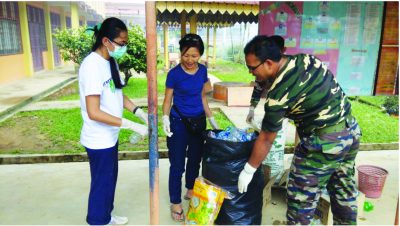
Prof Lucy pointed out that the philosophy behind going green is not so much about saving money; rather it is about teaching our children to respect life and living things. It is about caring for natural resources by not squandering or wasting them. Ultimately, it is about teaching them how to appreciate nature. This is why she advocates teaching children sustainable habits early in life and set them on a trajectory toward planet-sustainable living and eating.

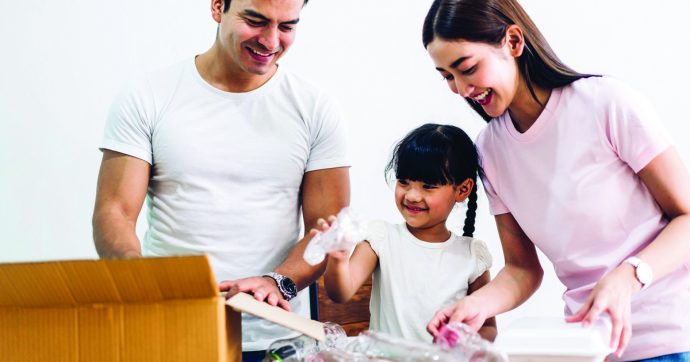


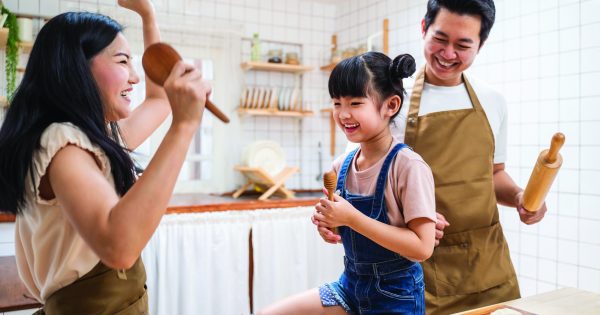
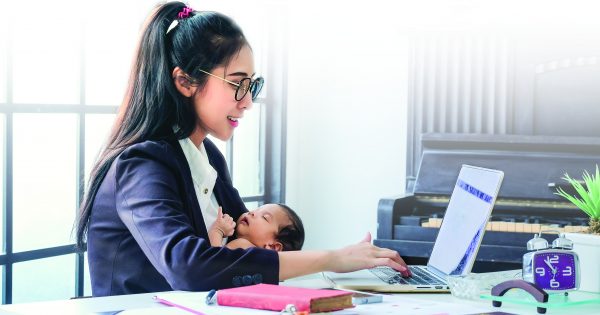

Comments